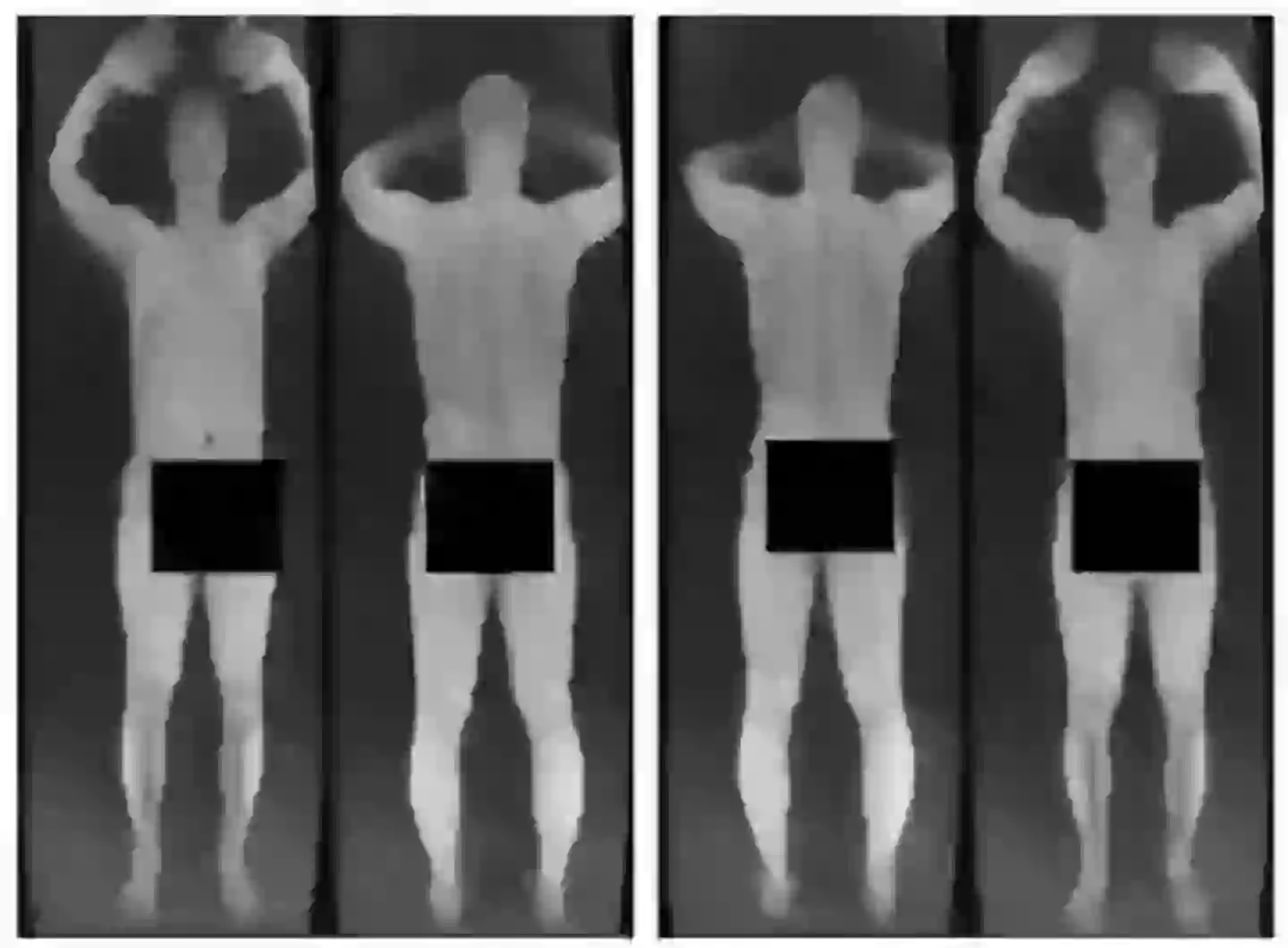
Security X-ray machines are obviously put in place for safety purposes, however, airports were forced to make some major adjustments following the discovery of how much security were actually seeing.
Airports across the US brought in the Rapiscan scanners, which cost $180,000 a piece, as a response to a terror incident in 2009.
On Christmas Day of that year, a terrorist attempted to set off a bomb on a Northwest Airlines flight from Amsterdam to Detroit.
Advert
The failed 'underwear bombing', as it is now known, was by a man named Umar Farouk Abdulmutallabm, who concealed plastic explosives in his boxers.
Thankfully, the bomb never exploded after one person jumped over the seats to subdue him with the help of the crew.
In 2012, Abdulmutallab was sentenced to multiple life sentences without parole.
A year later, over 170 machines were being rolled out across the States, as they became known as 'virtual strip searches' on this side of the pond. A lot of people weren't pleased with how revealing these 'nude' X-ray scans were.
Advert
You could see everything.
Communications researcher and author Shawna Malvini Redden explained to Reader's Digest: "Early versions of the scanners came out without any privacy protections, and TSOs [Transport Security Officers] could be looking at naked images of passengers as they went through the screening."
In 2013, the criticism changed everything, as TSA had to remove the machines as they violated privacy standards.
After the TSA asked Rapiscan to develop the new software required by June 2013, the private security company said it could not meet the deadline, prompting the former to release the following statement.

Advert
"TSA has strict requirements that all vendors must meet for security effectiveness and efficiency," the agency announced. "Due to its inability to deploy non-imaging Automated Target Recognition (ATR) software by the Congressionally-mandated June 2013 deadline, TSA has terminated part of its contract with Rapiscan.
"By June 2013 travelers will only see machines which have ATR that allow for faster throughput.
"This means faster lanes for the traveler and enhanced security. As always, use of this technology is optional."
Explaining how the scanners that are currently used work, Redden said: "TSOs are only seeing this outline with a green ‘clear’ or a red ‘stop and check’ signal.
"If someone has something in their pockets, for instance, the machine will put an alarm note in the paper doll’s groin region so the officer knows generally where to search."
Advert
Additional words by Joshua Nair.
Topics: Travel, World News, Weird